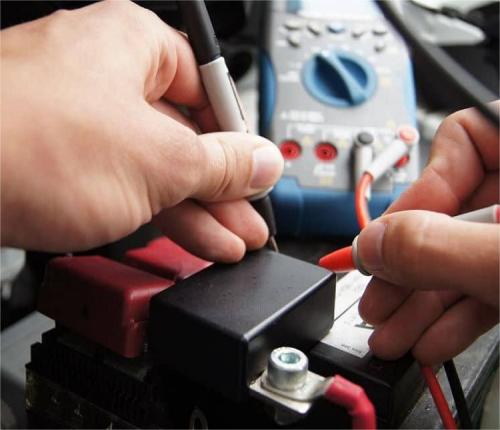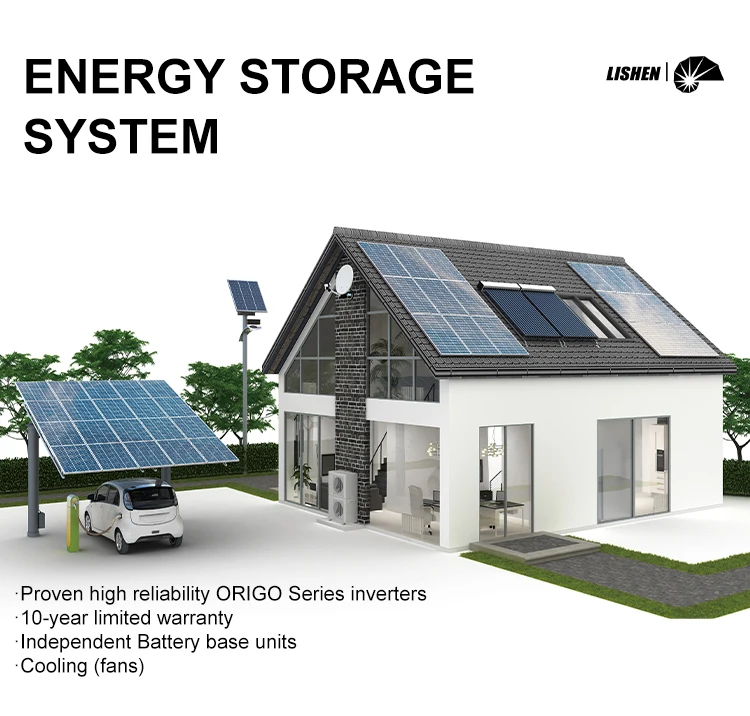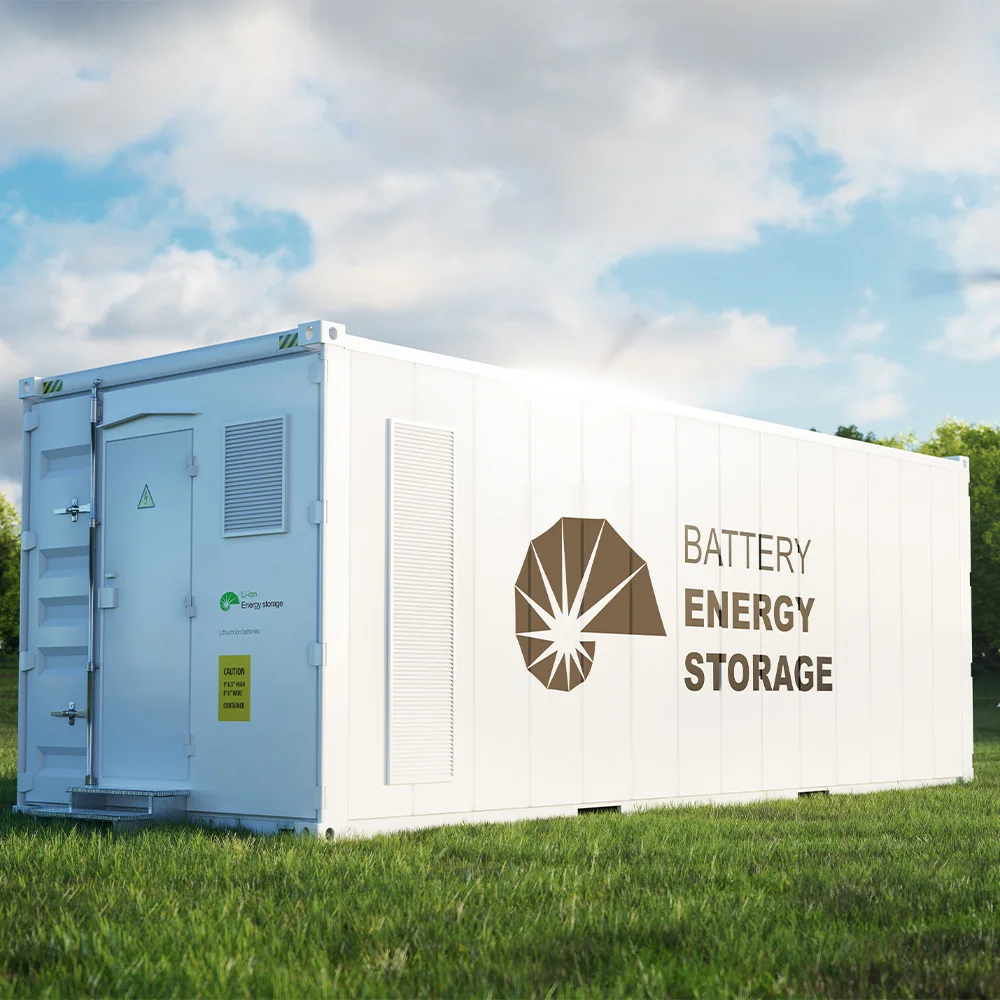Lithium-Ion Battery Care Guide
1. Technological Evolution
Battery Technology: Sodium-ion batteries (Zhongke Haisna) are expected to have a cost of 0.3 yuan/Wh by 2025, suitable for low-speed electric vehicles and energy storage.
Flow Batteries: The lifespan of all-vanadium flow batteries (Dalian Rongke) has exceeded 15,000 cycles, with the cost per kilowatt-hour dropping below 0.5 yuan.
Thermal Management: The penetration rate of liquid cooling systems is expected to reach 60% by 2027. Huawei and Gaolan Co., Ltd. have introduced immersion cooling solutions, which increase heat dissipation efficiency by 40%.
2. Policies and Standards
Global Incentives: The EU's "Energy Storage Action Plan" aims to have 1 TW of installed energy storage capacity by 2030, while China's "14th Five-Year Plan" for new energy storage targets over 30 GW by 2025.
Safety Standards: UL9540A (fire testing for energy storage systems) is being mandatorily implemented, driving the upgrade of liquid cooling and fire protection systems. Domestic companies like Guo'an Da have seized the opportunity to obtain global certifications.
The energy storage industry is evolving from a "supporting role" to a "core of the energy revolution." With the logic of diversified technologies, refined scenarios, and global localization, Chinese enterprises are expected to capture over 60% of the global market share by 2030, becoming another growth pole after new energy vehicles. Investors can focus on core sectors such as lithium batteries (Contemporary Amperex Technology), power conversion systems (Sungrow Power Supply), and hydrogen energy storage (Longi Hydrogen Energy), to seize the golden period from technological breakthroughs to commercialization







